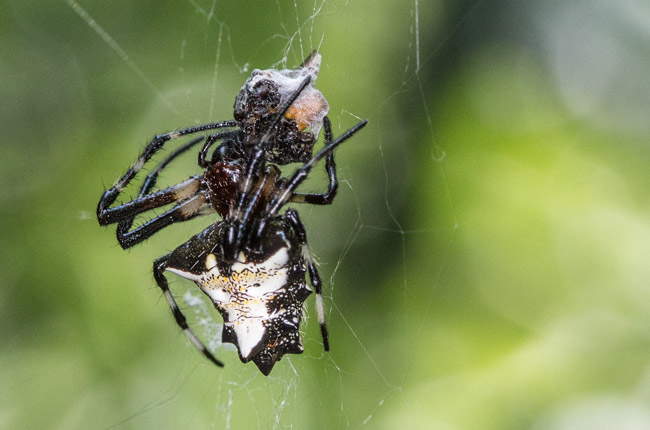Posted January 4, 2016
For my birthday yesterday, I took Senaida to visit the La Aurora Zoo. The Zoo was packed with local visitors, plus several people from Europe and US who live and work in Guatemala. Senaida is the Q’eqchi’ Mayan speaking student intern who assists us to learn about the flora and fauna of Alta Verapaz, which is where she and her family live.
We focused on the animals which are native to Guatemala, but I will admit I enjoyed watching the mother hippopotamus instructing her baby hippo to follow her into the water. Since the water was over his depth, he tried to climb onto the slippery back of his mother.
Lots of construction going on, which means lots of new places to explore several months from now.
The Parque Zoológico Nacional La Aurora has excellent collection of owls: dozens of species are native to Guatemala. I was pleasantly surprised to see a melanistic black jaguar. Although named “black panther” in fact these are not panthers and not leopards (though melanistic black leopards also exist). The black jaguar is native to Mesoamerica and South America.
Here is a drawing of different natural colors of jaguars by Josefina, a Kakchiquel Mayan student intern at FLAAR. White are extremely rare, but do occur. The “black panthers” occur from gray to “solid black.” The one in the Parque Zoológico Nacional La Aurora is “solid black” but you can see the black spots underneath when the jaguar is wet and you have the correct viewing angle.
This trip to the zoo on January 3rd was to take notes for what animals we would like to photograph on our next visit. For example, we have never photographed coyotes or falcons here. Plus the collection of spider monkeys is zoologically interesting since there are many colors, from black with brown to pure brown with white.
The zoologists and staff at Parque Zoológico Nacional La Aurora are both knowledgeable and hospitable to research visits, which we appreciate.


































